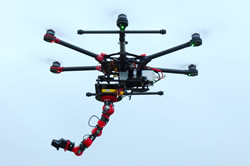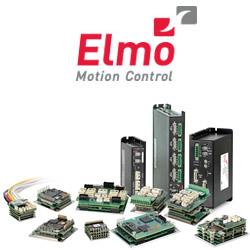Earthbound Robots Today Need to Take Flight
 Neil Tardella for IEEE Spectrum: The DARPA Robotics Challenge this past summer showcased how far humanoid robots have come—but also how far they have yet to go before they can tackle real-world practical applications. Even the best of the DRC behemoths stumbled and fell down, proving, as IEEE Spectrum noted at the time, that “not walking is a big advantage.”
Neil Tardella for IEEE Spectrum: The DARPA Robotics Challenge this past summer showcased how far humanoid robots have come—but also how far they have yet to go before they can tackle real-world practical applications. Even the best of the DRC behemoths stumbled and fell down, proving, as IEEE Spectrum noted at the time, that “not walking is a big advantage.”
There is, in fact, a new not-walking way for robots to perform many kinds of tasks better and faster: the dexterous drone.
A lightweight flying platform with a robotic arm combines the strengths of two rapidly developing, parallel industries. Aerial drones like quadcopters and octocopters have in just the past few years emerged as a viable industrial and consumer product with substantial maneuverability, versatility, and durability. Yet the drones of today are mostly just flying bodies with no arms or hands. Cont'd...
Comments (0)
This post does not have any comments. Be the first to leave a comment below.
Featured Product

